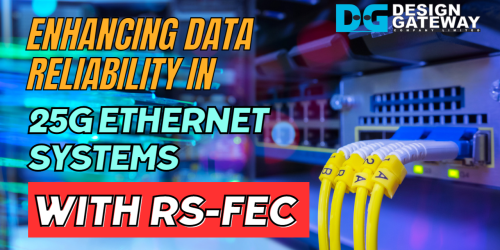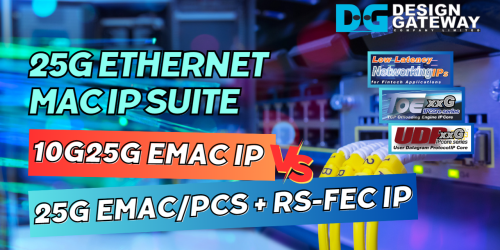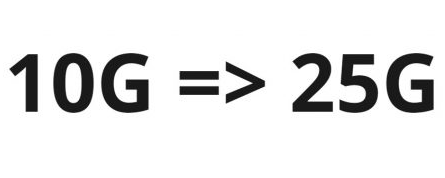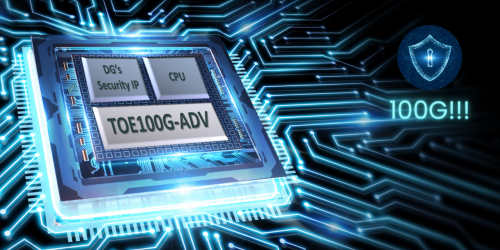Pushing the Limits of 200G Ethernet for Multi-Stream Data with TOE200GADV-IP

Hi everyone, and thanks for joining me today. I’m excited to show you a breakthrough in high-speed data transfer using our new TOE200G Advanced IP core.
This innovative IP core utilizes 200G Ethernet technology to achieve record-breaking data transfer speeds exceeding 24 GB/s. This means you can effortlessly transmit four streams of 8K video simultaneously over a 200G Ethernet network.
The secret behind this performance lies in TOE200G’s hardware-based design. Unlike traditional solutions that rely on CPUs and external memory, TOE200G leverages pure hardwired logic on an FPGA board. This eliminates bottlenecks and allows for unmatched processing speed.
Let’s delve deeper into this revolutionary IP core and explore how it can transform your network’s performance.
Demo Setup
Welcome to the setup guide for testing the TOE200GADV-IP core at blazing 200G Ethernet speeds! Let’s get started with the hardware and software setup.

First, gather your hardware: an FPGA board, a PC, a 200G Ethernet card, and a 200G Ethernet cable. Ready? Let’s dive in!
- Insert the Ethernet card into the PC and secure it tightly.
- Connect one end of the 200G Ethernet cable to the card.
- With the PC setup complete, let’s move to the FPGA board.
- Connect the power cable, USB cable, and the other end of the Ethernet cable to the FPGA board.
- Once connected, power on the FPGA board. Now, let’s set up the software.

- On the PC, open the software and download the demo file.
- Next, launch the console to connect with the FPGA and start the test.
- With everything set up, you’re ready to see the TOE200GADV-IP core in action.
- Let’s watch how it operates in this demo!

Before diving into the console, let’s briefly understand the TOE200G advanced IP demo.
The TOE200G advanced IP is a full offload engine for the TCP/IP stack, enabling direct connection to UserLogic for 200G Ethernet data transfer using an FPGA. It operates without a CPU or DDR, with configurable data buffer sizes from 64 Kilobytes to 1 Megabytes.
Data can transfer simultaneously in both directions. The FPGA’s Packet Generator sends TCP data via TOE200G advanced IP, received by a CPU application.
Conversely, TCP data from the PC is verified by the FPGA logic. Now, let’s see the performance results of this setup.

Initially, the demonstration is conducted with half-duplex data transfer using a single TCP session.
The transfer direction is from FPGA to PC.
On the FPGA console, select receive data mode, set the transfer size to 270 Gigabytes, enable data verification, and press enter to start. The FPGA will now wait for a connection from the client.
On the PC console, run the application with parameters to send a 270 Gigabytes incremental data pattern. The single session performance is limited to 10,100 Megabytes per second.

To address the unimpressive throughput, multiple session of TCP should be enable. The TOE200GADV-IP can handle four TCP sessions simultaneously. Let’s test it with the PC.

Four applications are running on the PC. Each TCP session on PC is set to send 64 Gigabytes to the FPGA.
Once this half-duplex transfer completed, the total performance reaches 16,700 Megabytes per second.

Impressed by 16,000 MB/s transfers? Now, see the true power of our TOE200GADV-IP. By using two FPGA boards instead of a PC, we can demonstrate the real performance.
With one TCP session between two TOE200GADV-IPs on separate FPGAs, we reach the 200G Ethernet line rate, exceeding 24,000 MB/s. Let’s explore!

In this test, we set a transfer size of 550 Gigabytes. The Client FPGA is configured to send the TCP data, while the Server FPGA serves as the receiver.
The transfer speed remains consistently stable, exceeding 24,000 Megabytes per second throughout the test.

Comparing performance to the PC test, using two FPGAs boosts performance by 2.4 times, achieving the 200G Ethernet line rate. TOE200G advanced IP is outstanding with several features.
- First, It’s a fully offloading engine that doesn’t require a CPU or DDR.
- Second, Supports bi-directional data transfer at full speed.
- Third, Configurable internal TCP buffer size from 64 Kilobytes to 1 Megabytes.
- Forth, Can handle four TCP sessions simultaneously.
- Fifth, Achieves data transfer speeds up to 24,766 Megabytes per second.
- (Sixth, Uses a standard 1024-bit stream interface.
Now, let’s explore how these features translate into real-world applications.

Imagine streaming 8K video at 60 frames per second, which requires 6 Gigabytes per second bandwidth for one stream.
With the TOE200G advanced IP’s 24 gigabytes per second throughput, you can stream four 8K videos simultaneously. Integrated into an FPGA as an accelerator in a server system, the TOE200G advanced IP ensures smooth and stable transmission over 200G Ethernet.
On the receiving end, the IP is integrated into a standalone FPGA board, directly connected to the display system, allowing four video streams to be displayed simultaneously. This capability meets the high-bandwidth demands of cutting-edge video display systems, like the MSG Sphere.
Experience the power of TOE200G advanced IP. Visit our website for more information and send us your inquiries. https://dgway.com/TOE-IP_A_E.html
YouTube: https://youtu.be/e7rSpTFcJ2o
Article about TOE-IP






